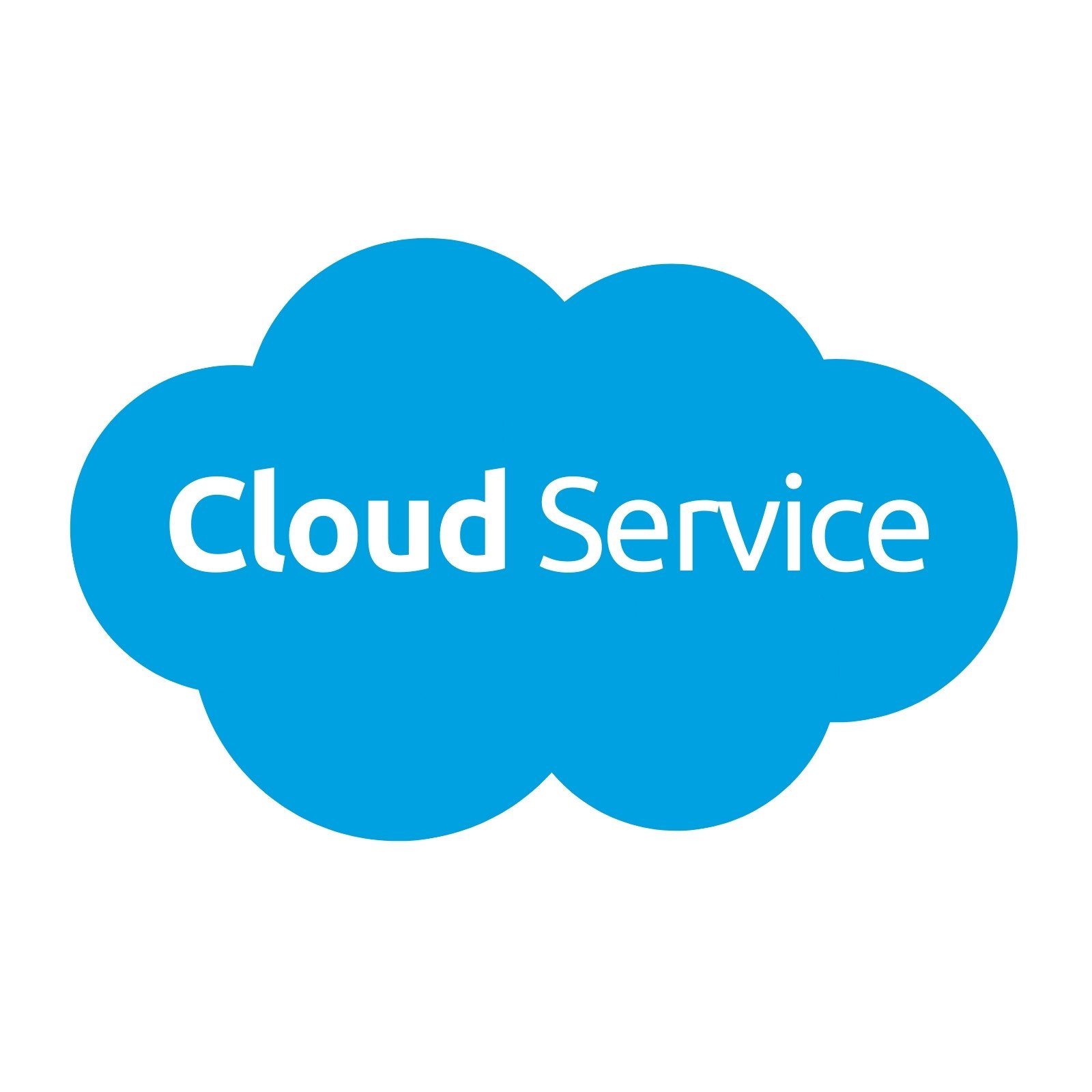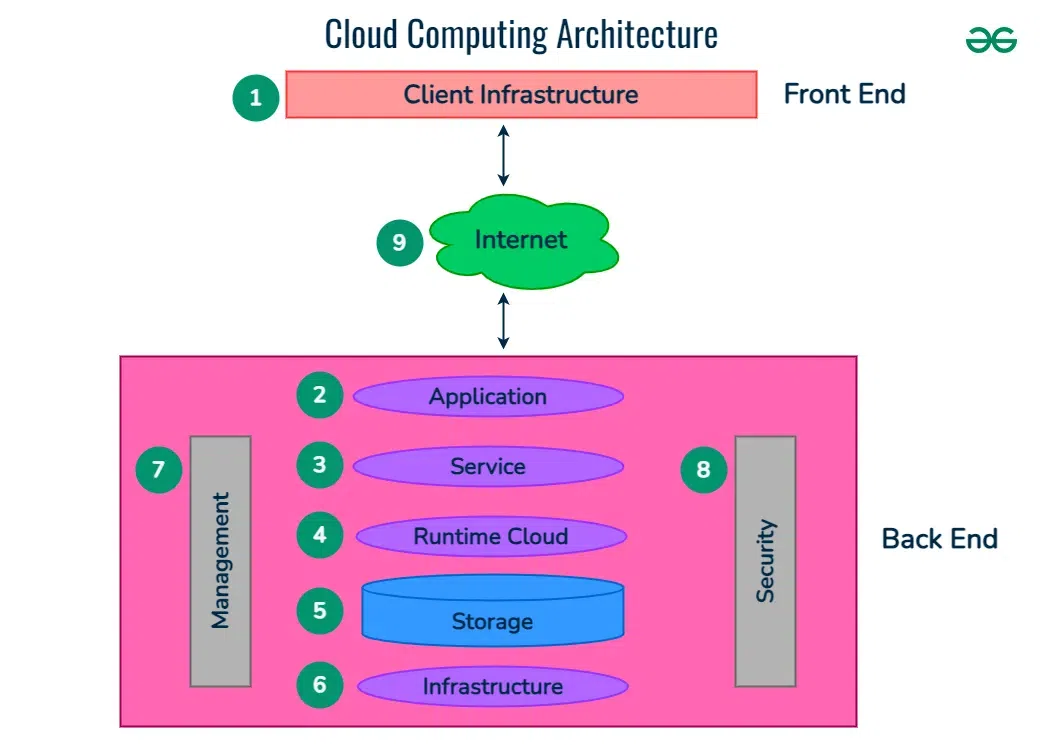LinkDaddy Cloud Services Revealed: Expert Tactics for Cloud Services Press Release Quality
LinkDaddy Cloud Services Revealed: Expert Tactics for Cloud Services Press Release Quality
Blog Article
Simplify Your Infrastructure With Cloud Provider
As businesses browse the ever-evolving landscape of innovation and data administration, the role of cloud solutions in streamlining facilities has actually ended up being progressively famous. Just how can organizations successfully navigate this change and truly open the capacity of cloud solutions for streamlining their infrastructure?
Benefits of Cloud Services
Cloud services provide a streamlined approach to managing IT infrastructure, offering companies with adaptability, scalability, and cost-efficiency. One of the essential advantages of cloud services is the scalability they supply. Businesses can quickly scale their resources up or down based on need, ensuring they just spend for what they make use of. This versatility is particularly useful for businesses with varying needs or those experiencing development.
In addition, cloud solutions get rid of the need for businesses to invest in pricey hardware and software application. This cost-efficiency is a significant advantage, particularly for small to medium-sized business wanting to reduce upfront expenses. By utilizing cloud solutions, organizations can access high-grade IT sources without the significant price associated with typical infrastructure setups.
Moreover, cloud solutions supply businesses with the adaptability to access their data and applications from anywhere with an internet link. This level of accessibility enhances cooperation among teams, makes it possible for remote work, and increases total performance. The adaptability used by cloud services equips companies to adapt quickly to transforming market problems and customer needs.
Expense Savings and Scalability
In addition to the operational advantages highlighted earlier, the combination of cloud solutions into a firm's infrastructure generates substantial price financial savings and improved scalability. Cloud solutions provide a pay-as-you-go model, permitting organizations to range resources up or down based on current needs, thereby staying clear of the costs related to keeping excess ability. This versatility makes it possible for companies to adjust rapidly to rising and fall demands without sustaining unnecessary costs.
Furthermore, cloud solutions get rid of the requirement for ahead of time investments in software and hardware, reducing funding expenditures. Operating expenses are also lessened as companies no much longer require to take care of and keep physical servers, bring about lower energy consumption and IT staffing costs. Furthermore, cloud services offer automated updates and maintenance, guaranteeing that the infrastructure stays current and protected without needing hands-on interventions.
Boosted Security Steps
Executing stringent security measures is extremely important when incorporating cloud solutions right into a business's facilities to guarantee and secure delicate data conformity with industry laws. Cloud solution carriers offer boosted protection functions such as data encryption, firewall defense, and multi-factor verification to reduce cybersecurity dangers.
Additionally, regular safety audits and compliance analyses aid recognize vulnerabilities and ensure adherence to sector requirements. Firms can likewise profit from functions like automatic safety updates and real-time threat monitoring offered by cloud service providers. By prioritizing safety and security actions and staying aggressive in dealing with potential risks, organizations can confidently take advantage of cloud solutions while securing their valuable data from unapproved access or violations.
Transitioning to Cloud Framework
To effectively incorporate cloud solutions into a company's infrastructure, an organized approach that addresses the change towards cloud-based options is crucial. Transitioning to shadow framework includes cautious preparation and implementation to ensure a smooth movement process. The initial action is to evaluate the current infrastructure and determine which applications and systems appropriate for migration to the cloud. This evaluation needs to take into consideration factors such as information sensitivity, compliance demands, and performance requirements.
Once the analysis is full, a movement approach must be established. This method ought to describe the timeline, resources, and duties for moving each component to the cloud. It is vital to communicate this plan plainly to all stakeholders to make certain placement and lessen interruptions during the shift.
During the movement process, screening and tracking are vital to determine and address any kind of problems universal cloud Service promptly. Normal checkpoints ought to be established to track progression and make needed adjustments. In addition, training for staff members on making use of cloud services must be offered to ensure a successful shift and make best use of the advantages of the new framework.
Best Practices for Cloud Adoption
Successful adoption of cloud services hinges on the tactical placement of business purposes with technological abilities and business readiness. To ensure a smooth change to the cloud, organizations must start by performing a comprehensive assessment of their present infrastructure and identifying which work are best suited for cloud migration. It is important to involve crucial stakeholders from different divisions in the decision-making process to obtain buy-in and attend to any worries early on.
One more finest method for cloud fostering is to focus on safety and security and conformity. Organizations needs to thoroughly assess the safety actions offered by cloud solution companies and make sure that their information is protected according to industry standards and regulative needs. Applying durable information encryption, gain access to controls, and routine safety audits can assist alleviate threats associated with cloud adoption.

Final Thought

As companies browse the ever-evolving landscape of technology and data administration, the role of cloud services in streamlining facilities has actually come to be increasingly famous - linkdaddy cloud services. Just how can organizations properly navigate this change and genuinely open the possibility of cloud solutions for simplifying their facilities?
Cloud solutions provide a streamlined technique to handling IT infrastructure, offering businesses with cost-efficiency, scalability, and versatility. By using cloud services, organizations can access top notch IT sources without the substantial rate tag associated with traditional infrastructure setups.
To ensure a smooth change to the cloud, organizations should start by performing a thorough analysis of their present facilities and determining which workloads are best suited for cloud movement.
Report this page